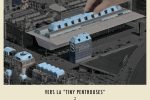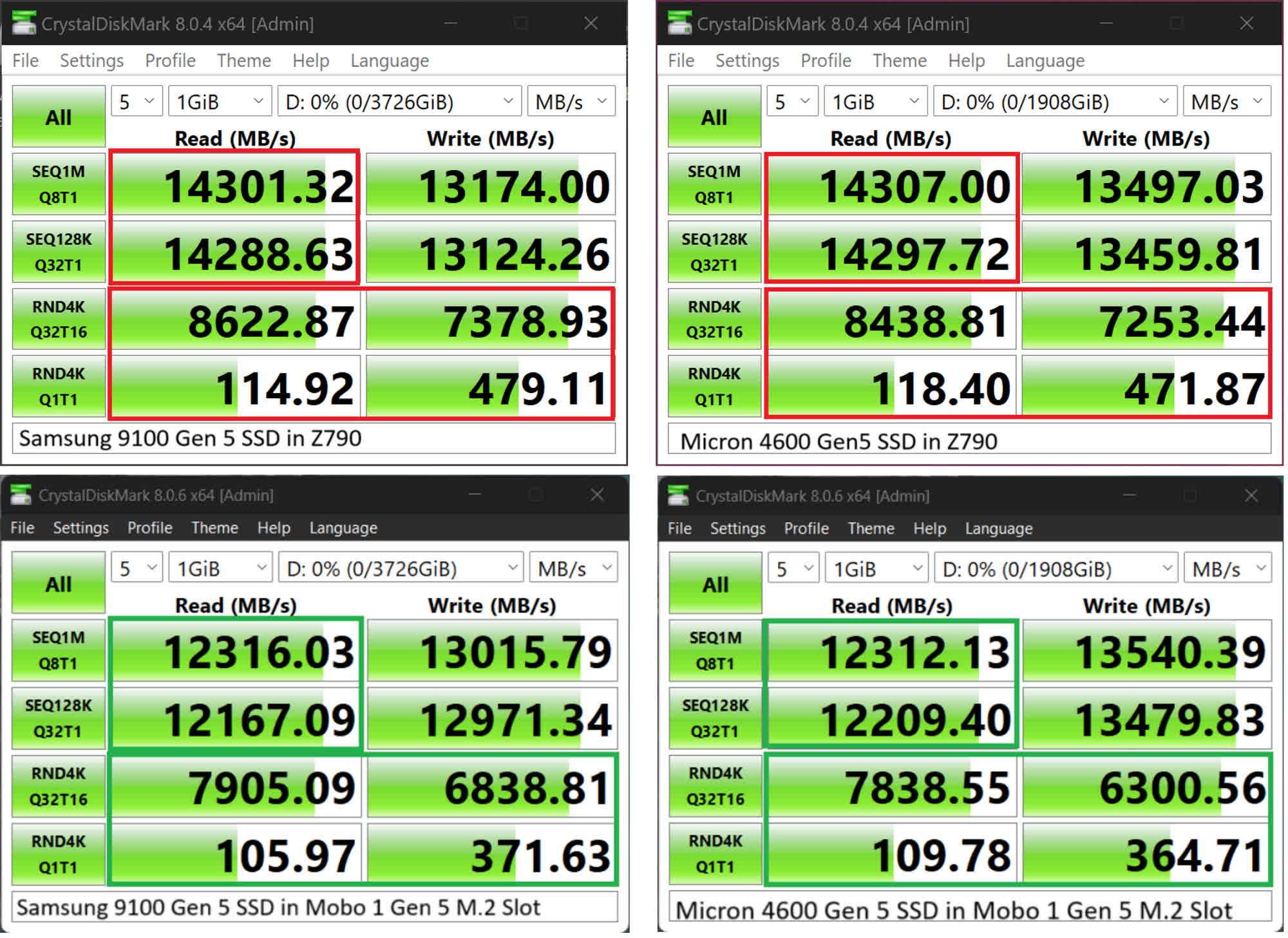ARCHEYES.COM
Caja Granada Savings Bank by Alberto Campo Baeza: Impluvium of Light
Caja Granada Savings Bank | © Hisao Suzuki
In the undefined periphery of Granada, where infrastructure precedes urban identity, Alberto Campo Baeza inserts a resolute and luminous object: the central offices of the Caja General de Ahorros. Designed in 1992 and completed in 2001, the Caja Granada Savings Bank is not merely a corporate headquarters. It is an architectural essay on the materialization of light. Framed within a rigorous conceptual structure, the project challenges the conventions of commercial office typologies by elevating light, geometry, and permanence as its core protagonists.
Caja Granada Savings Bank Technical Information
Architects1-8: Alberto Campo Baeza
Location: Carretera de Armilla s/n, Granada, Spain
Project Year: 1992 – 2001
Photographs: © Hisao Suzuki, © Fernando Alda, © Duccio Malagamba, © Roland Halbe
It is simply a stone and concrete box that traps sunlight in its interior to serve the functions carried out within this ‘impluvium of light.
– Alberto Campo Baeza
Caja Granada Savings Bank Photographs
© Hisao Suzuki
© Fernando Alda
© Duccio Malagamba
© Hisao Suzuki
© Hisao Suzuki
© Alberto Piovano
© Hisao Suzuki
© Roland Halbe
Caja Granada Savings Bank Conceptual Framework
The project is essentially governed by a singular idea: the impluvium of light. Echoing the Roman typology of a central atrium designed to collect rainwater, Campo Baeza reinterprets the impluvium not as a hydraulic device but as a spatial and phenomenological mechanism to harvest light. The building becomes a luminous vessel designed to trap and distribute sunlight through a precise orchestration of form and material.
The formal gesture is clear and disciplined: a semi-cubic volume elevated on a monumental base. This stereotomic plinth, embedded into the sloped terrain between two major roads, houses the archives, data center, and parking functions anchored to the earth. Upon this base rises the cubic mass of the main building, structured by a 3x3x3 meter reinforced concrete grid. This grid is not merely structural but the ordering system through which light is captured, filtered, and diffused. The conceptual clarity of the cube operates as a spatial manifesto, engaging with the theoretical dichotomies of stereotomic and tectonic (as articulated by Kenneth Frampton) and container and contained (per Hans Sedlmayr), both of which underpin Campo Baeza’s architectural language.
Spatial Organization and Programmatic Clarity
The building’s spatial organization is as deliberate as its geometry. The podium functions as a silent base, concealing technical and logistical operations. Above, the cube contains seven floors of offices arranged around a central courtyard. This interior void, void in mass but saturated in light, serves both a symbolic and functional role. It becomes the building’s lung and eye, a space that breathes and sees.
Circulation is organized along a continuous perimetral ring surrounding the central impluvium, punctuated by four equidistant vertical cores. This configuration allows for both spatial clarity and programmatic flexibility. The southern façades, equipped with brise-soleils, host open-plan workspaces softly lit by filtered southern sun. In contrast, the northern façades accommodate individual offices, bathed in the uniform, cool light of the north and clad in alternating bands of stone and glass. These sectional variations respond not just to programmatic needs but to the nuanced choreography of light and orientation.
Light, Materiality, and Atmosphere
Light is the architectural protagonist of the Caja Granada building, not merely as illumination but as a spatial substance. The skylights embedded in the thick concrete roof channel sunlight into the central courtyard, where alabaster-lined surfaces catch and reflect it with delicate diffusion. This alabaster, chosen for its semi-translucent properties, acts as both membrane and mirror, modulating the intensity of incoming light and amplifying its reach across the interior.
Campo Baeza establishes a profound dialogue between materiality and perception. The stereotomic box, the heavy, load-bearing frame of concrete and stone, embodies gravity and containment. The tectonic box within, light iron frames, translucent alabaster panels, and delicate glass invoke lightness and transience. The architecture is neither monolithic nor immaterial. It is the tension between the two that generates its poetics.
Atmospherically, the building offers a calibrated interior landscape where light is never incidental. It is directed, reflected, and framed with an almost liturgical care. The experience of space is defined not by decorative features or formal exuberance but by the shifting intensity of light across surfaces, by shadow as much as by brightness.
Caja Granada Savings Bank Plans
Site Plan | © Alberto Campo Baeza
Ground Level | © Alberto Campo Baeza
Floor Plan, Typ. | © Alberto Campo Baeza
Level 6 | © Alberto Campo Baeza
Section | © Alberto Campo Baeza
Section | © Alberto Campo Baeza
Caja Granada Savings Bank Image Gallery
About Alberto Campo Baeza
Alberto Campo Baeza is a Spanish architect renowned for his minimalist and poetic approach to architecture, emphasizing clarity, light, and geometric order. Influenced by classical principles and modernist thought, his work often explores the interplay between solid and void, weight and lightness, using restrained materials like concrete, stone, and alabaster to create profound spatial and emotional resonance spaces. As a practicing architect and a longtime professor at the Madrid School of Architecture (ETSAM), Campo Baeza has significantly shaped contemporary architectural discourse through built work and theoretical writings.
Credits and Additional Notes
Architect Collaborators: Felipe Samarán Saló, Ignacio Aguirre López, Gonzalo Torcal Fernández-Corugedo, Emilio Delgado Martos, Raúl del Valle, María Concepción Pérez Gutiérrez, Tomás García Píriz
Structural Architects: Andrés Rubio Morán, Víctor Martínez Segovia
Engineer: Rafael Úrculo Aramburu
Client: Caja General de Ahorros de Granada
Design Competition: 1992
Design Development: 1998
Construction Period: 1999–2001
Contractors: OHL (A. Padilla), LKS (F. Varela)










